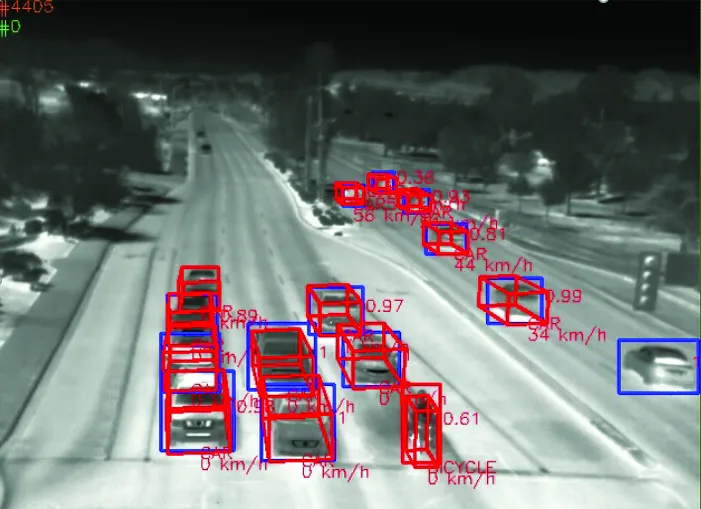
Leading integrator of payment and information solutions and related services for intelligent travel applications,
Pressure on the world’s urban and regional transport networks continues to challenge governments and authorities and will only intensify in the years ahead. Cubic says it has risen to the challenge by developing and deploying a truly whole-of-transport approach to multimodal transport management called NextCity – a solution that analyses how transport infrastructure is performing over time and uses intelligent insights from disparate data sources, including mobility and payment choice, to keep infrastructure operations in optimal condition. The company claims it is in the vanguard of making that vision of intelligent travel a reality.
Here in Bordeaux, Cubic is showing how it has evolved from a world leader in transport revenue collection to being a leader in the deployment of systems and solutions that seamlessly unite payment, real-time and predictive traveller information, across all modes of travel. The company is demonstrating how deep data analytics solves problems in ways that were previously unimaginable.
“Video analytics, intelligent tolling and state of the art traffic management combine with revolutionary methods of paying for all forms of travel to yield a whole new world of insight and knowledge, allowing city authorities to effect beneficial change on a scale never before possible,” says Martin Howell, Worldwide Marketing Communications Director at Cubic Transportation Systems.










